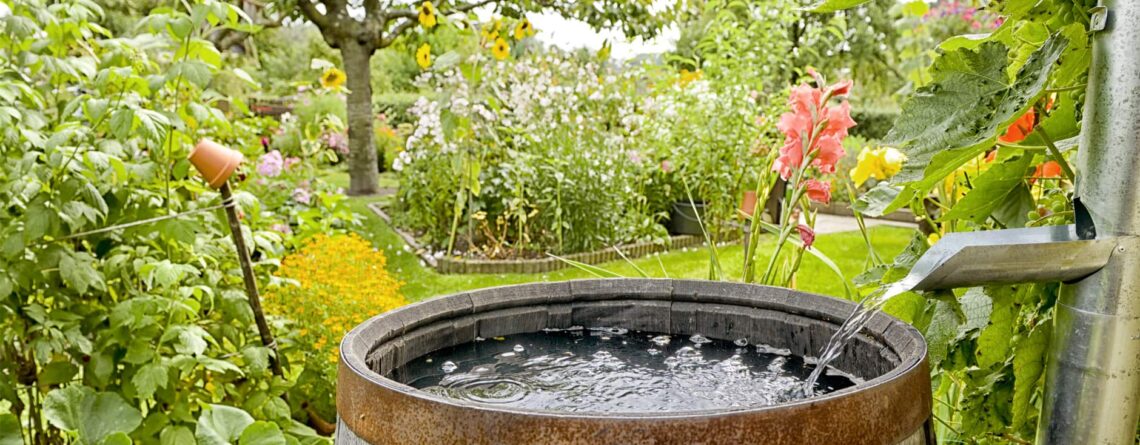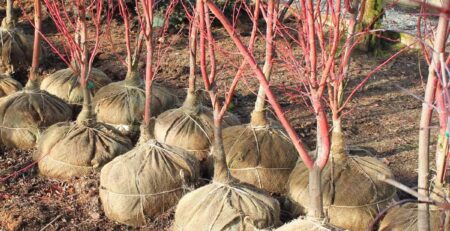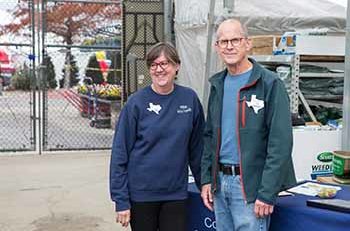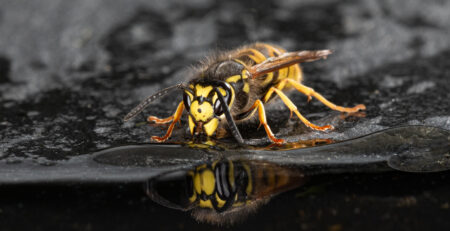Tips on Adding a Rain Barrel to Your Garden
Setting up a rain barrel is a great way to save water for those non-rainy days in Texas. You can buy a ready-made barrel or construct one yourself, but before getting started, keep a few things in mind:
https://extensionpubs.unl.edu/publication/g2220/html/view
https://www.superiorwi.gov/DocumentCenter/View/457/REASONS-TO-HAVE-A-RAIN-BARREL-AT-HOME?bidId=

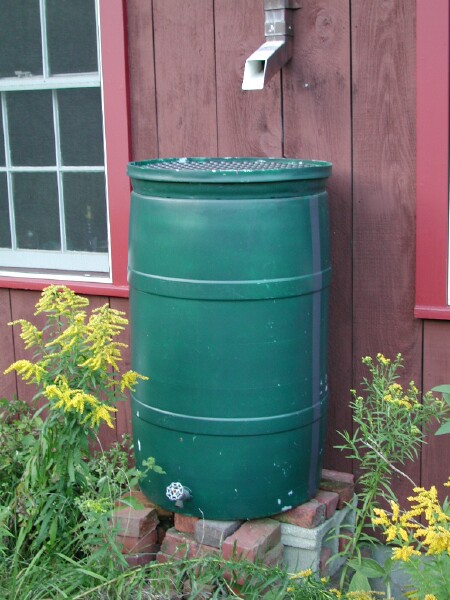

There are many great resources out there to guide you through this process:
https://agrilifetoday.tamu.edu/2022/06/08/beginners-guide-to-harvesting-rainwater/
https://twri.tamu.edu/media/5427/rainwater-harvesting-jan-14-2020_reorg2.pdf
https://tomgreen.agrilife.org/files/2017/05/Making-a-Rain-Barrel.pdf
https://travis-tx.tamu.edu/files/2020/08/Build_Your_Own_Rain_Barrel_2016-09.pdf
https://hgic.clemson.edu/factsheet/designing-for-rain-barrel-success/

